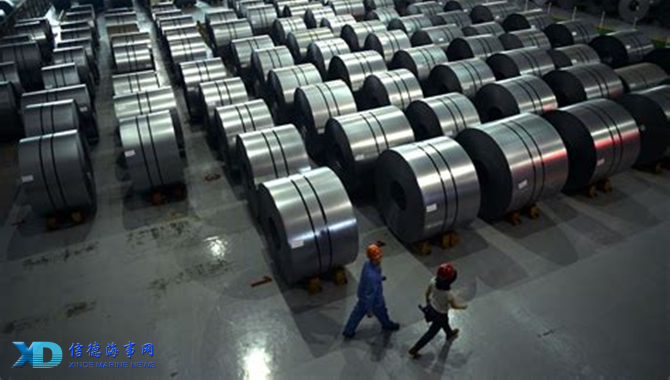
Chinese steel capacity eliminations and new era of environmental restrictions are impacting the global iron ore market, with crude steel production and iron ore imports expected to decline by CAGRs of 1.14% and 2.52% respectively between 2018 and 2022. This is turn is leading to a shift by iron ore producers to produce higher grade iron ore.
The Chinese steel boom, which started in early 2000's, has largely shaped the global iron ore market. With the vast majority of domestic mines producing low grade iron ore with an average Fe grade of 30% and below, steel makers have depended on imports of high grade iron ore (Fe 58-62%) from Australia and Brazil, with Chinese iron ore imports during the period 2005-2017 growing by a CAGR of 21.38%.
In 2017, China imported 1.07 billion tonnes of iron ore, of which Australia accounted for 62% followed by Brazil with 31%.
The trouble for the iron ore import boom started brewing in 2016. Under the 13th Five-Year Plan (2016-2020), the Chinese government set a target to eliminate 150 million tonnes per annum (Mtpa) of low quality and heavy polluting steel capacities. In 2016, China removed 65 Mtpa of steel capacity and a further 50 Mtpa in 2017. For 2018, the Chinese government has targeted eliminating 30 Mtpa of capacity and mandated no new capacity.
In addition, the government's new "Blue Sky" environmental initiative (2018-2020) has been introduced to reduce the air pollution. This three-year action plan focuses on winter production cuts across major steel producing regions, including the Beijing-Tianjin-Hebei region and neighboring areas which accounted for 27% of the country's crude steel output in 2017.
Government policy to eliminate the inefficient steel capacities and shift in the steel makers focus towards high grade iron ore is impacting the major low grade iron ore exporters, such as Fortescue Metals Group, Australia's largest low grade iron exporter. The company suffered a revenue loss of 18% during FY18, with its current product mix ranging from Fe 56-59 suffering with reducing demand from China.
To overcome the situation, Fortescue is focusing on producing higher grade iron (Fe 60) ore, with a new 30 Mtpa mine, Eliwana, in Western Australia's Pilbara region expected to start commercial scale production by July 2019.
At the same time, another Australian low-grade iron ore miner, Cleveland-Cliffs, has closed 11 Mtpa of iron ore production, whilst, in June 2018, BHP announced a $2.9 billion investment in its South Flank iron ore project to improve the average grade of iron ore from Fe 61 to 62.
Sources:sxcoal
Please Contact Us at:
admin@xindemarine.com

